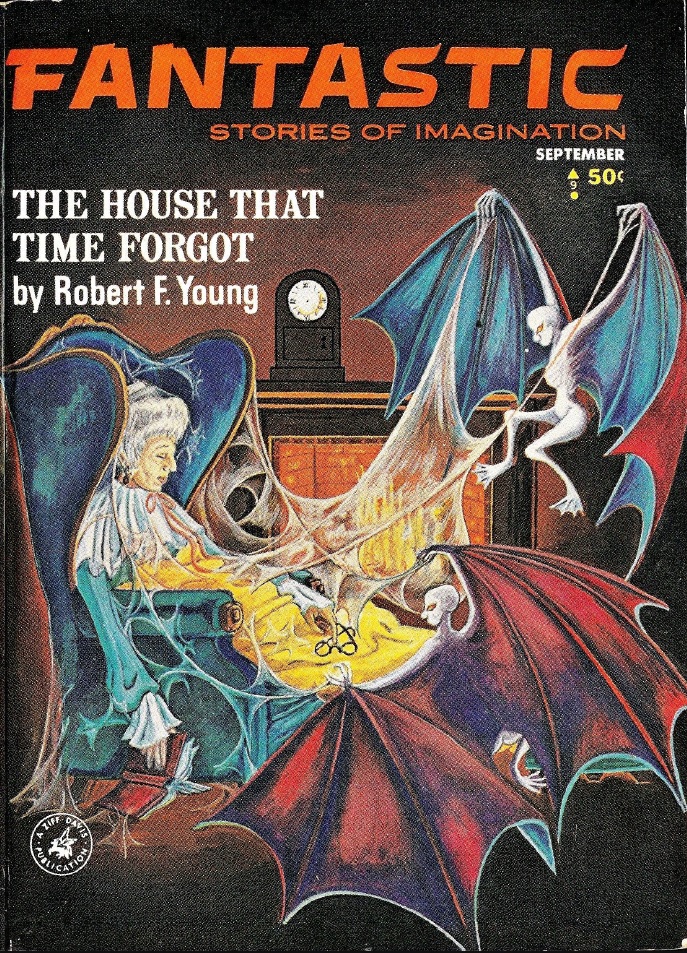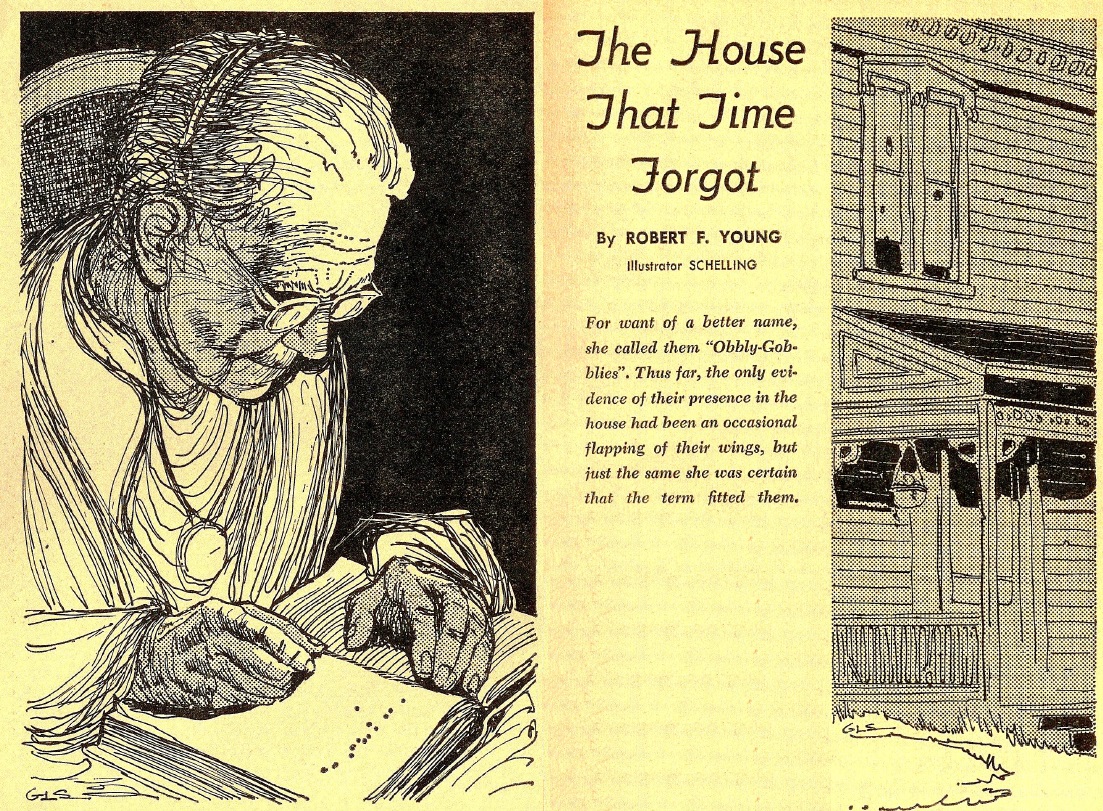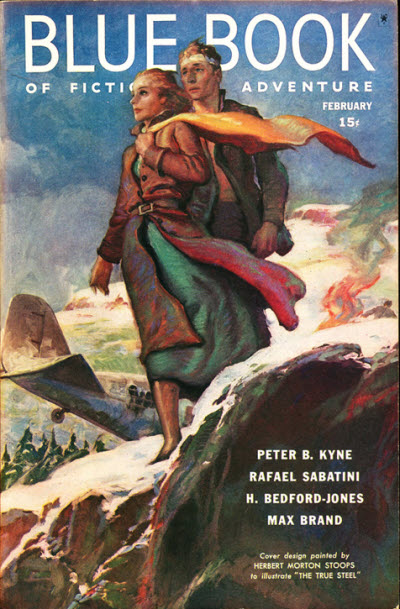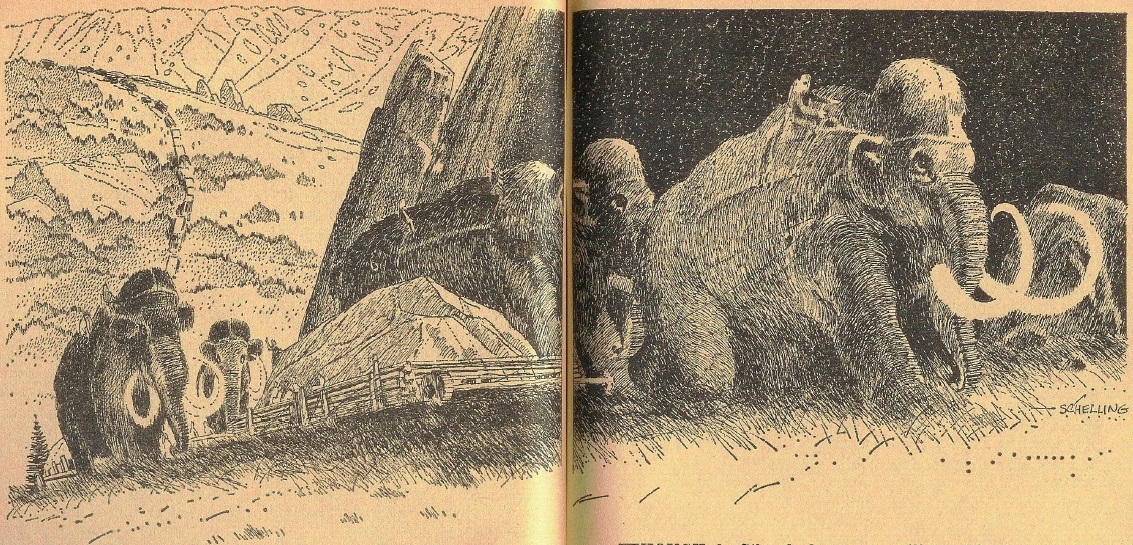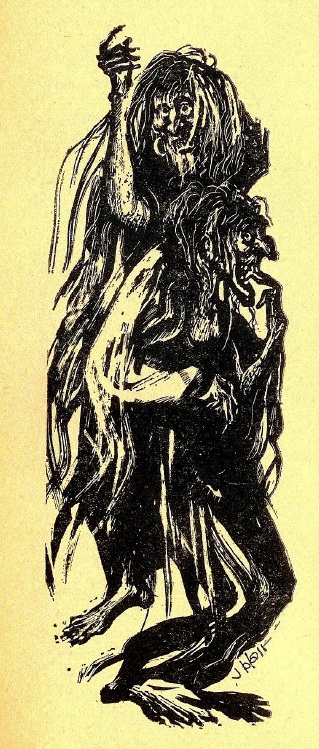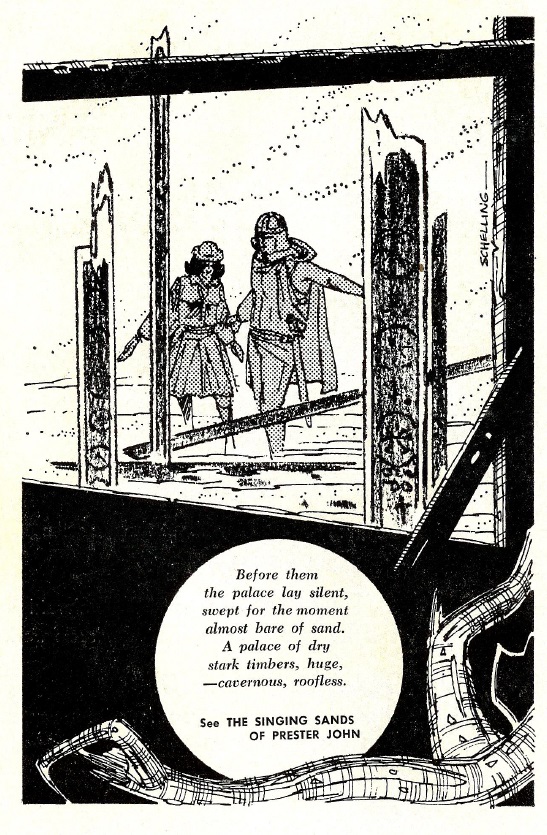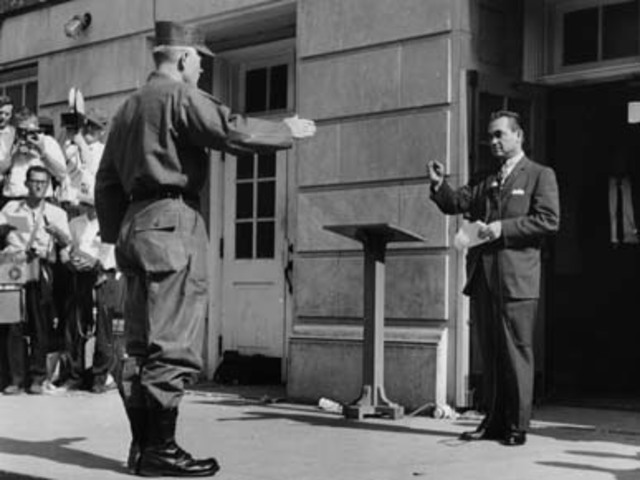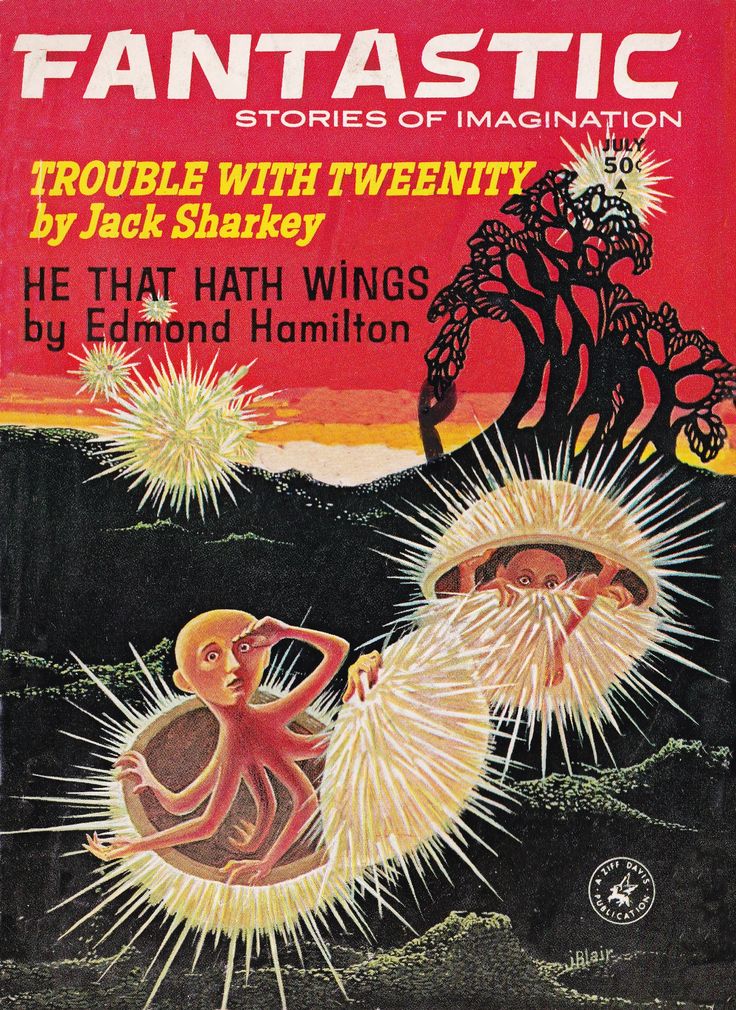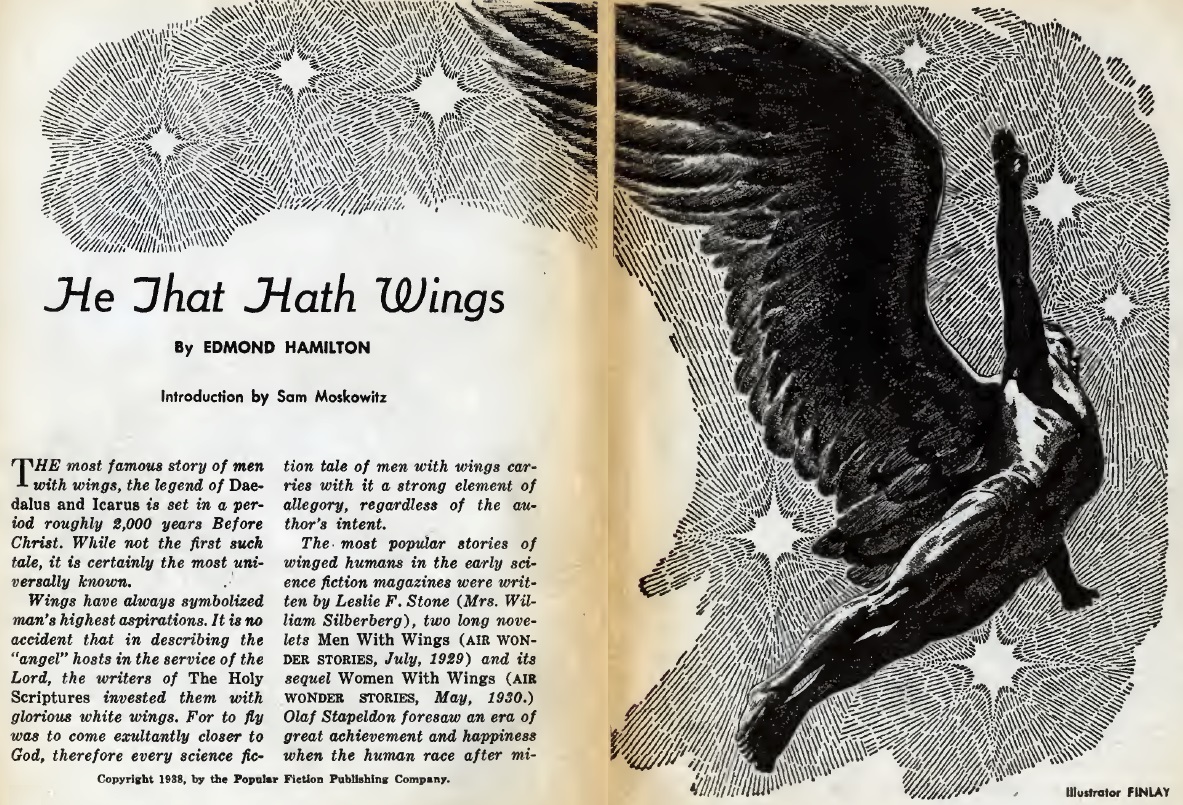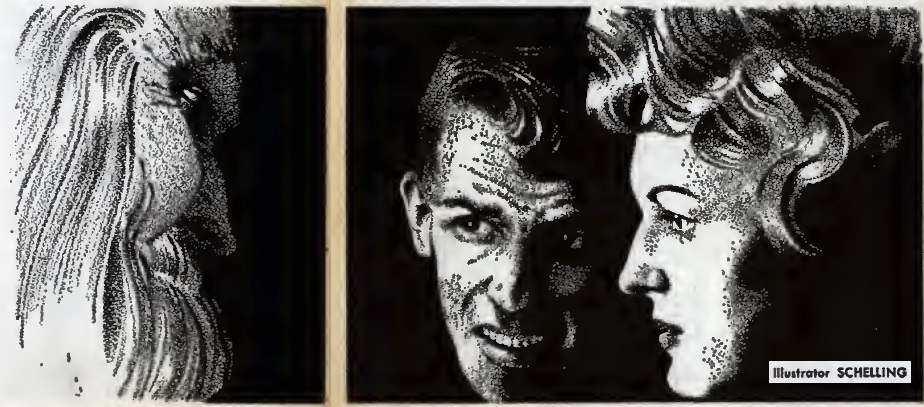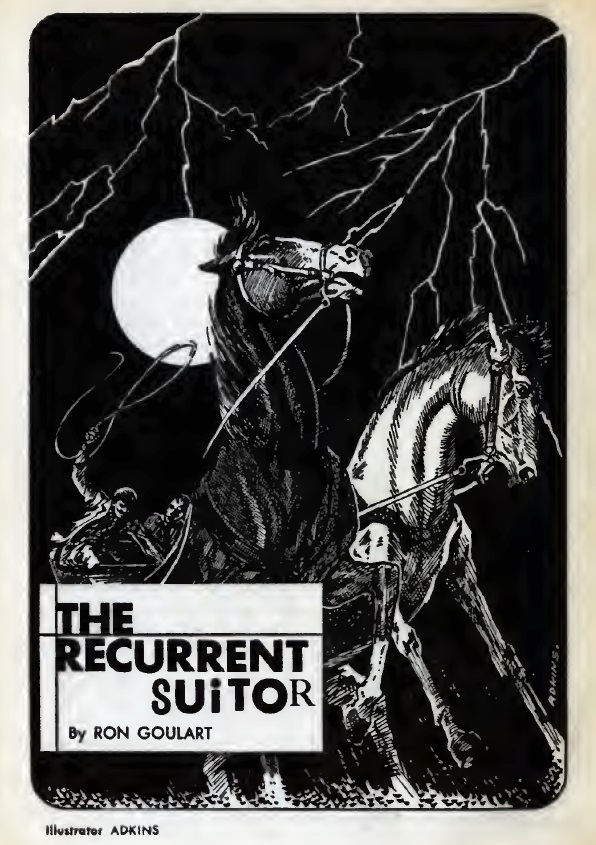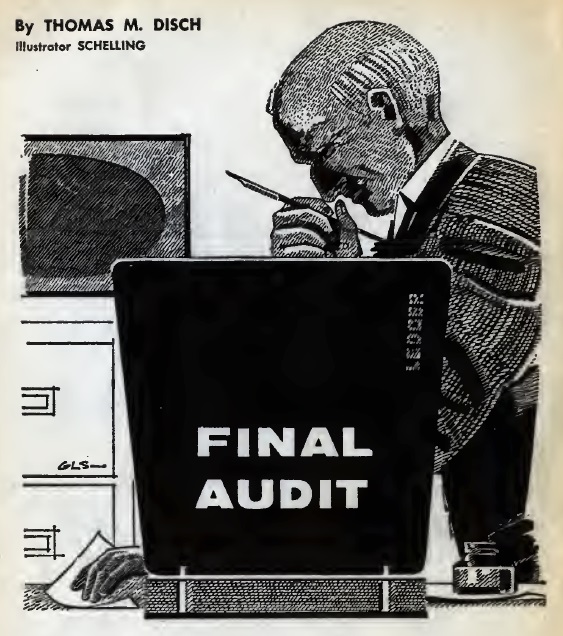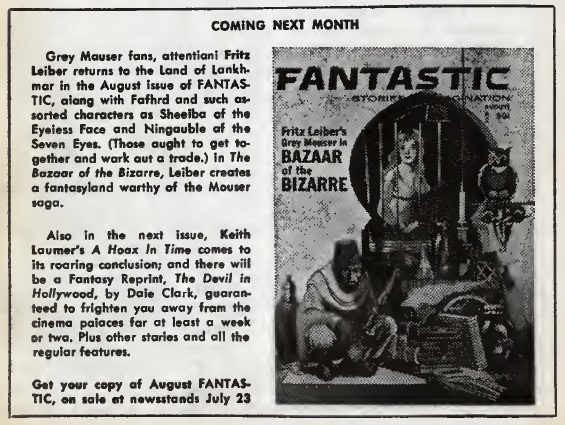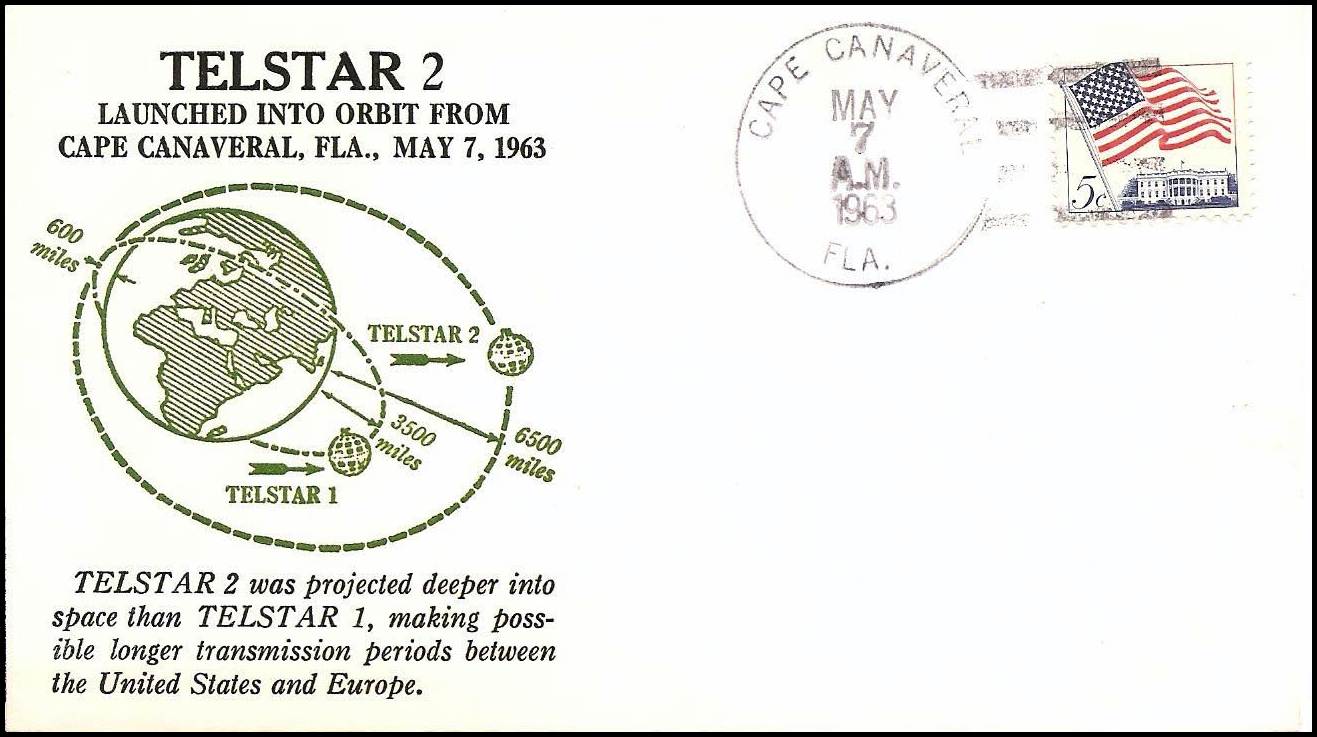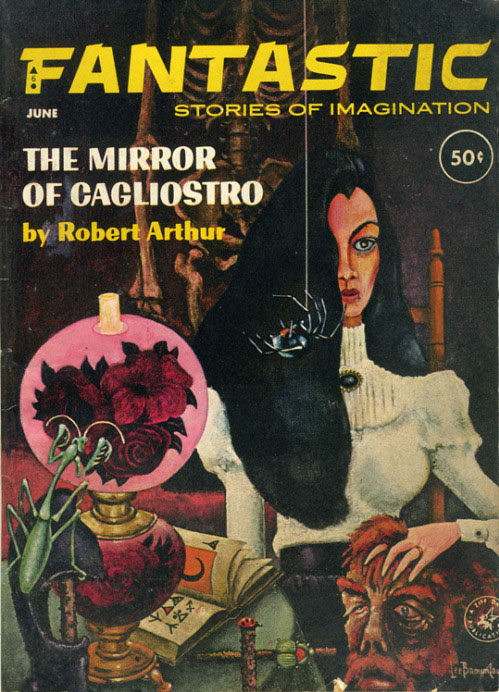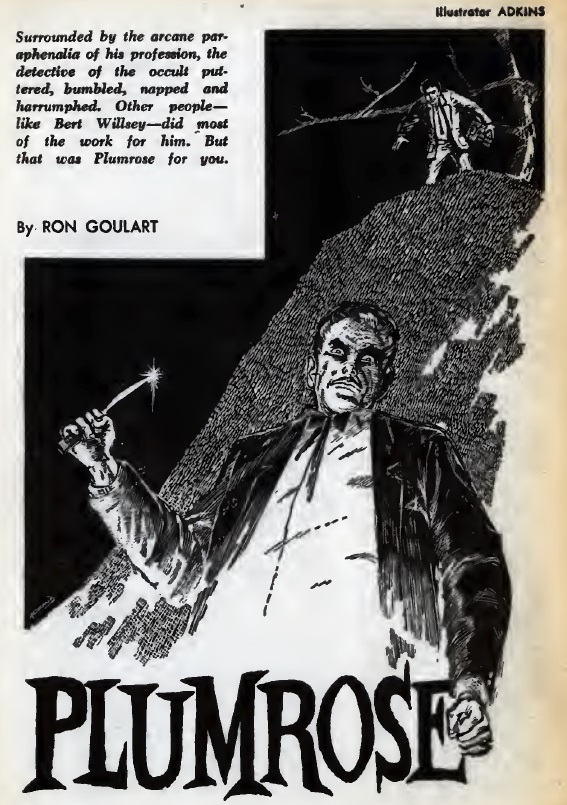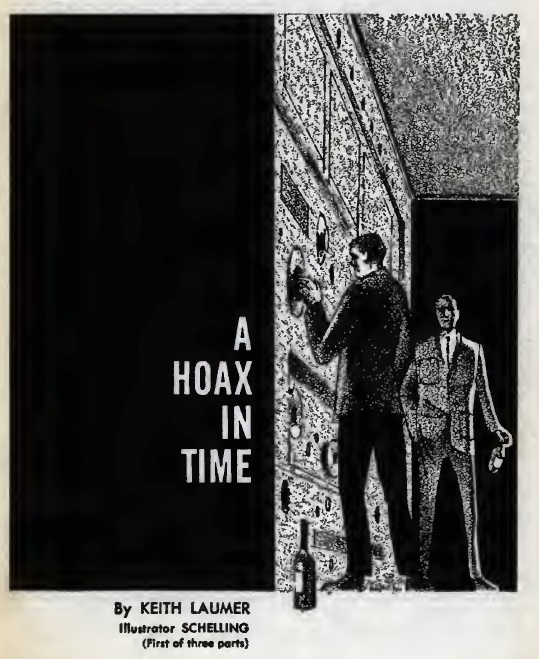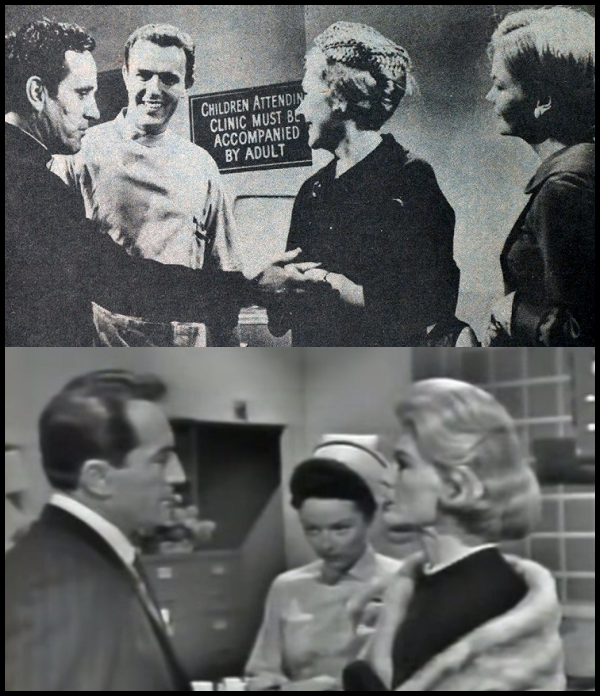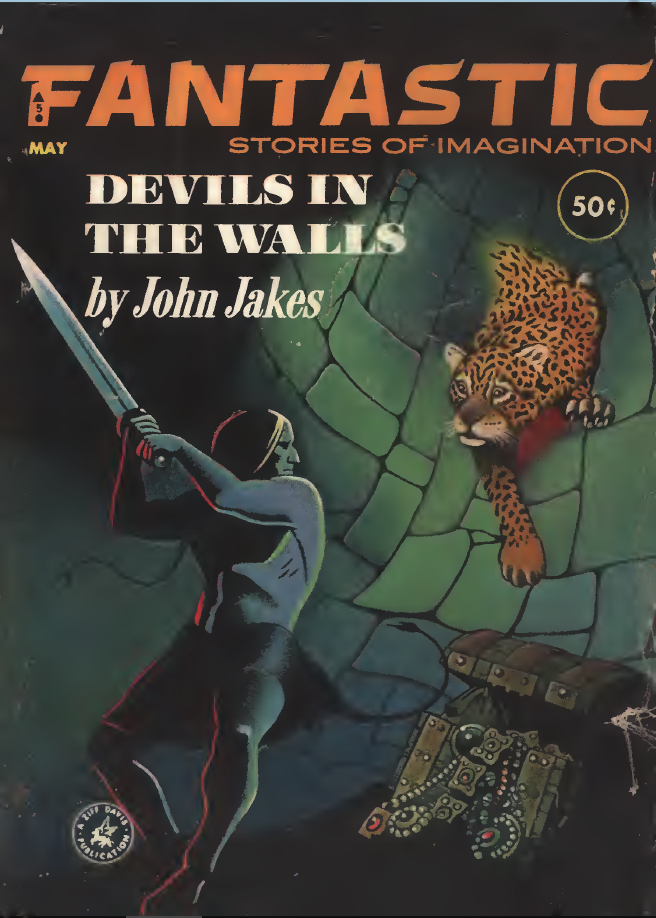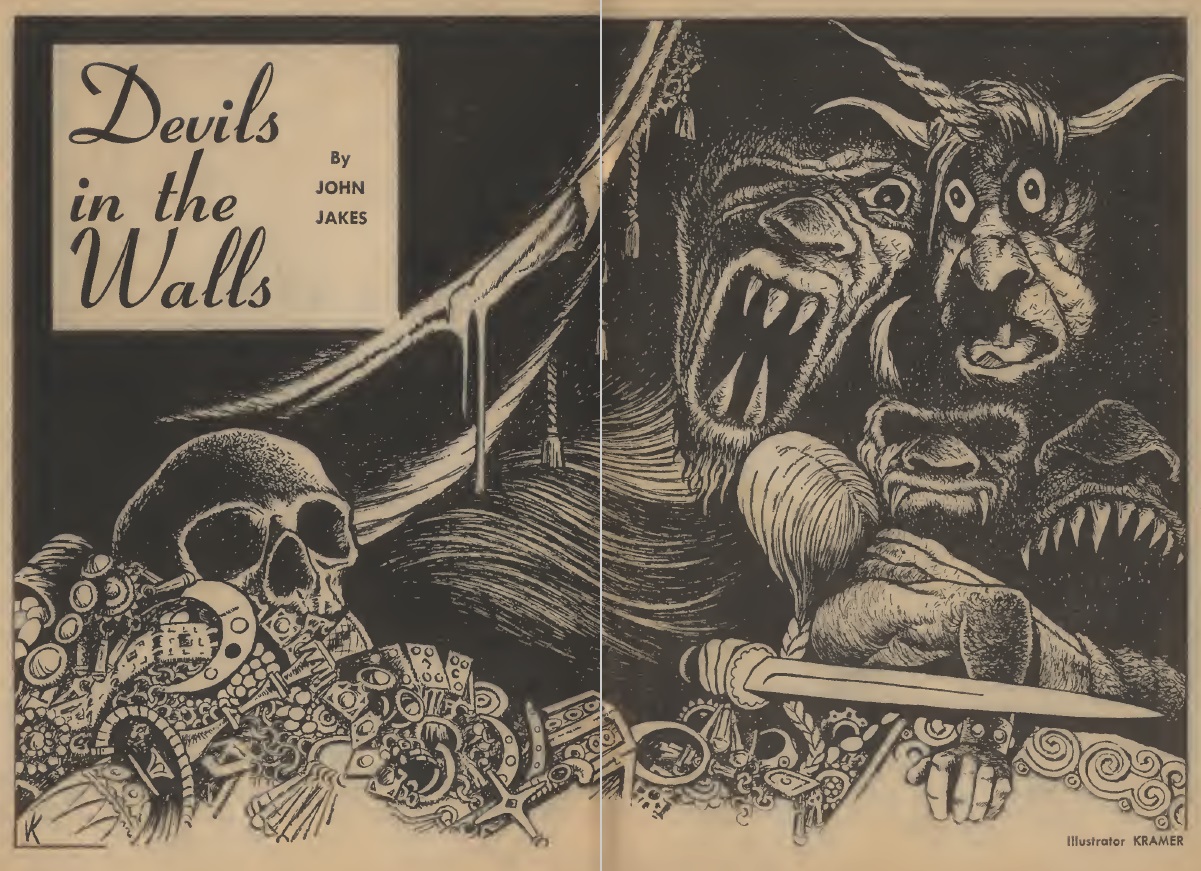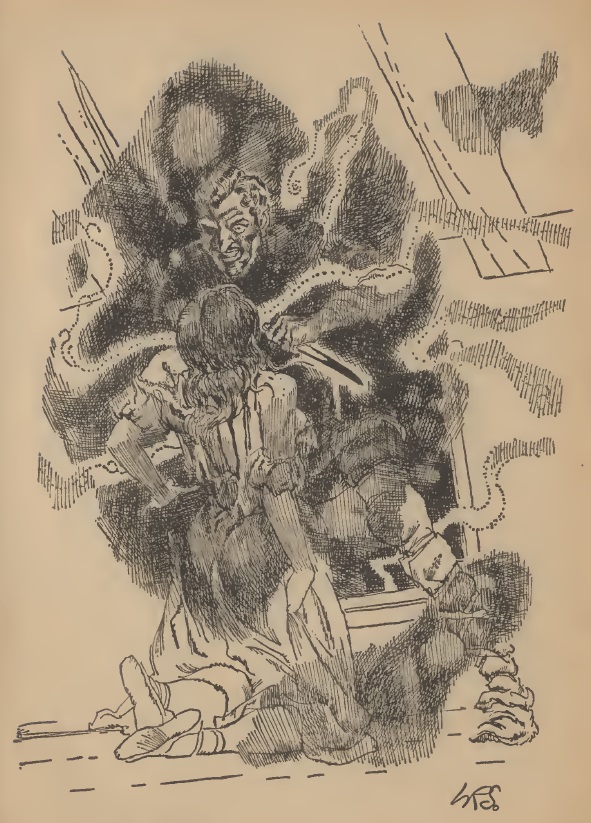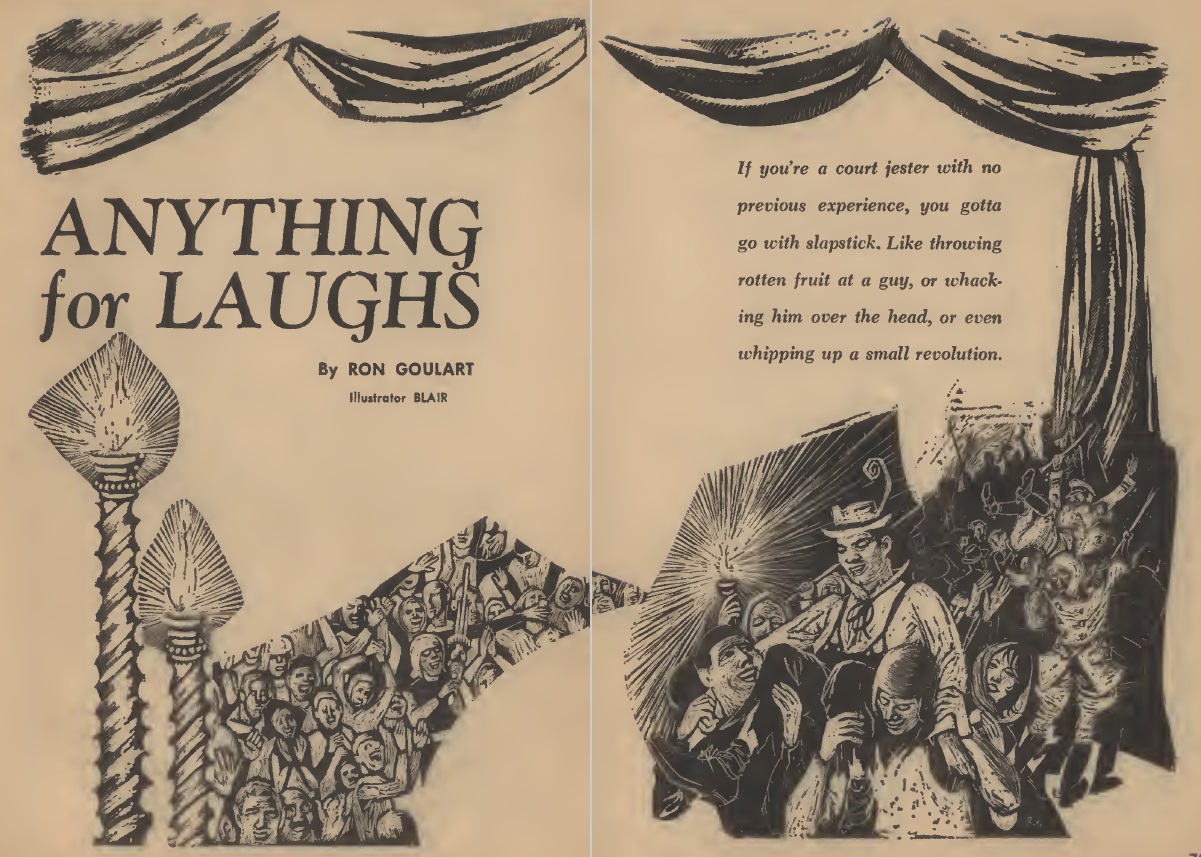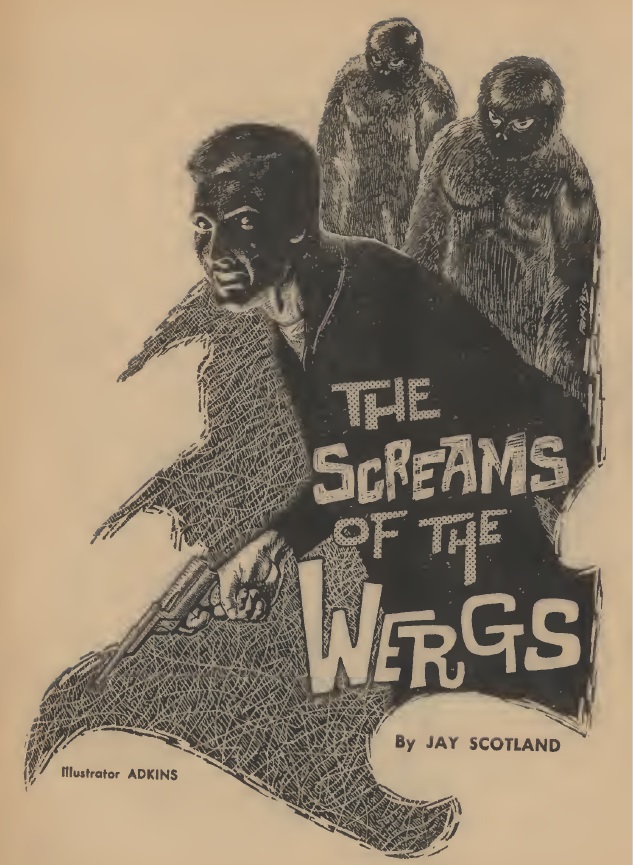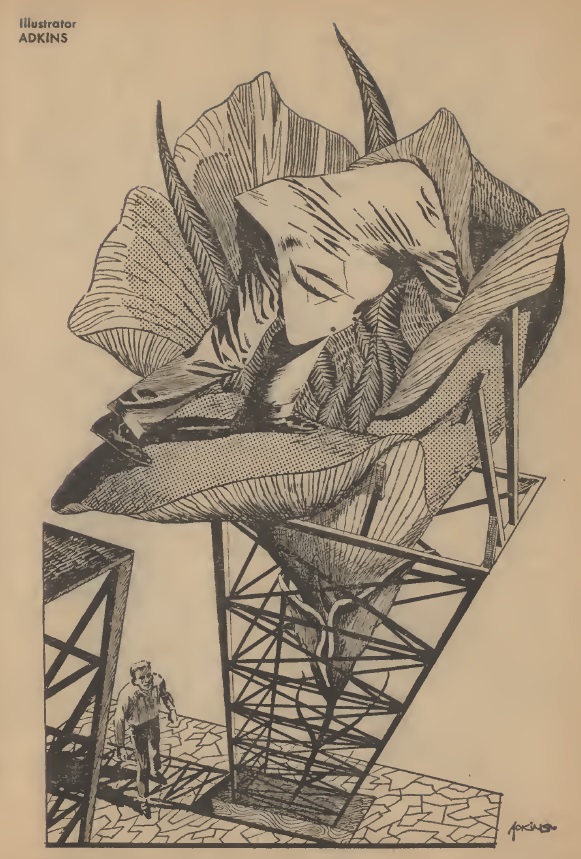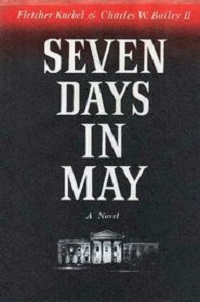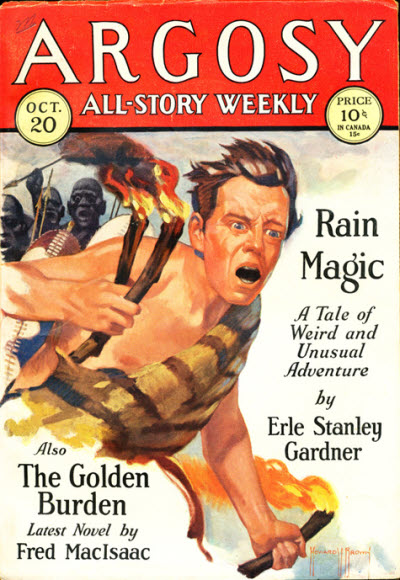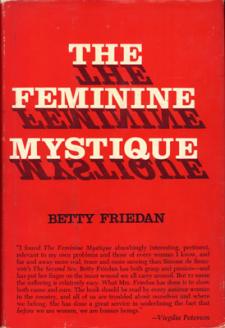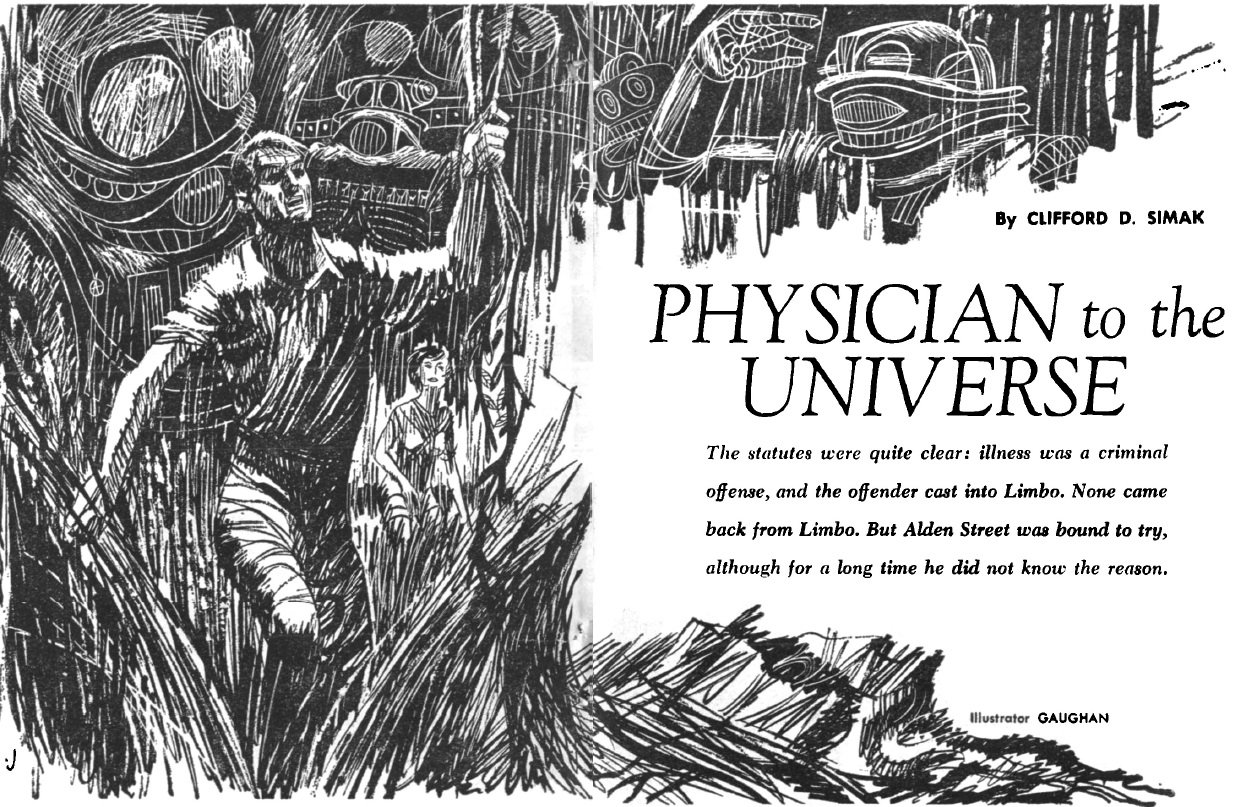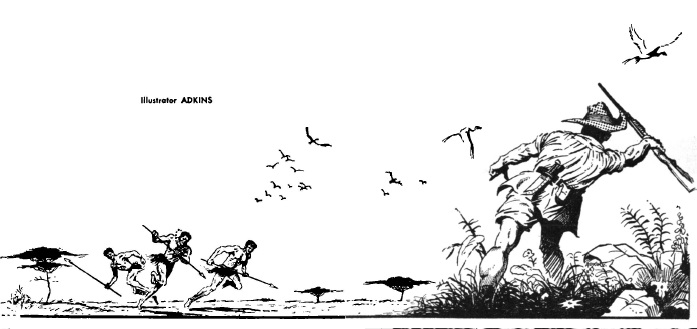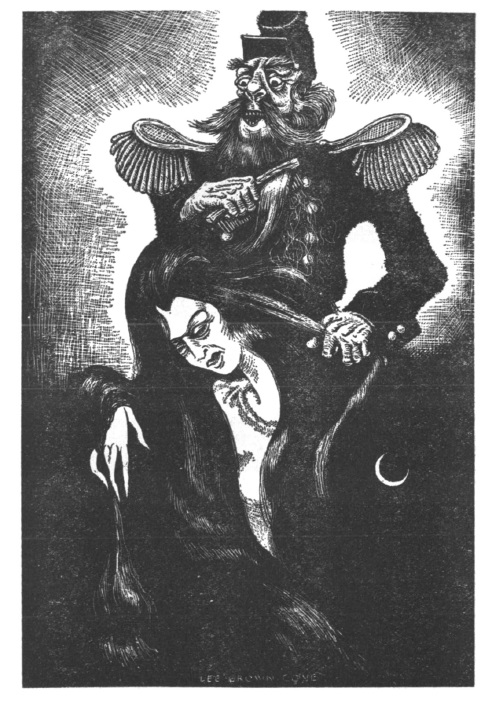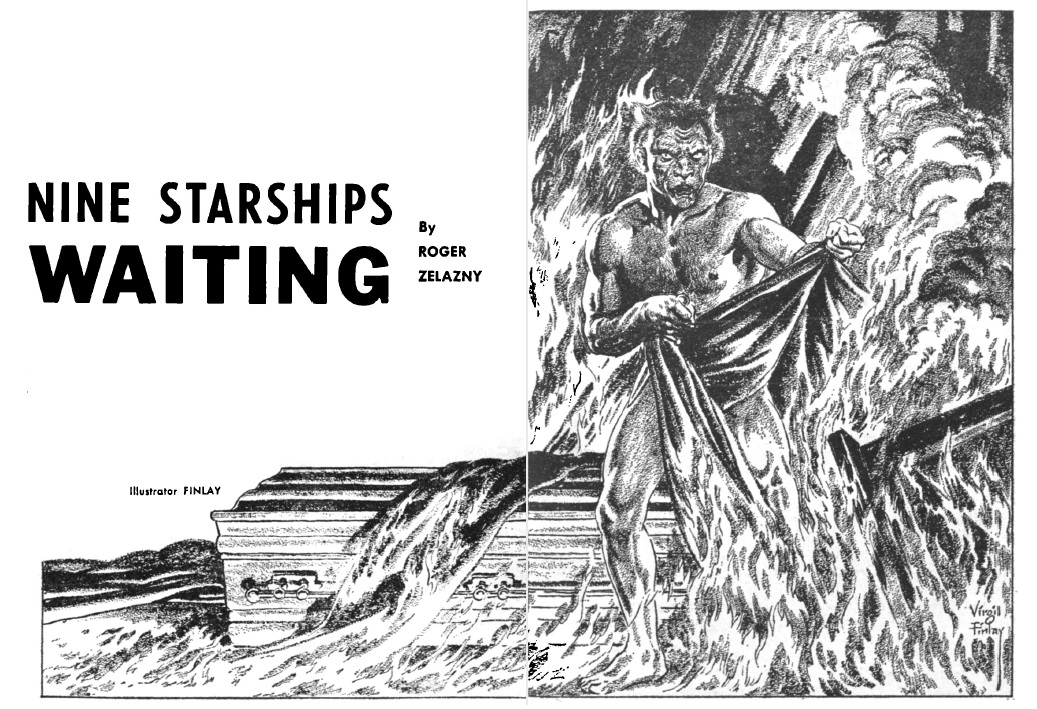[Did you meet us at Comic Con? Read this to see what we’re all about!]

by Victoria Silverwolf
Those of us living in the United States had to memorize a new number this month. In addition to our telephone numbers, Social Security numbers, and so on, we now have Zone Improvement Plan numbers, also known as ZIP Codes. These numbers help the United States Post Office Department direct the mail to its proper destination. We used to be able to use one or two digit Postal Zone numbers, and only for big cities. Now every area in the nation has a ZIP Code. The Post Office sent a postcard to every mailing address in the country –seventy-two million, more or less — listing its five digit ZIP Code.
They even created a mascot, a cartoon mail carrier named Mr. Zip.

Other numbers in the news this month were 15 (as in the X-15 hypersonic rocket-powered aircraft), 90 (as in Flight 90 of this vehicle), and 100 (as in 100 kilometers above the surface of the Earth, considered to be place where outer space begins.) Just a few days ago, Joseph A. Walker, pilot for the X-15's Flight 90, reached an altitude of 107.8 kilometers and a speed of nearly six thousand kilometers per hour. That makes him the first person to reach outer space in an airplane, and America's first civilian astronaut.

In popular music, of course, the only number that really matters is one. Earlier this month, a rhythm and blues group called The Essex reached Number One on the American pop music charts with their catchy, if hardly innovative, tune Easier Said Than Done. The most unusual thing about the musicians who make up The Essex is that all of them are active members of the United States Marine Corps.

Currently, the top position is held by the vocal duo Jan and Dean, with Surf City. This is the first song in the relatively new genre of surf music to reach Number One. Speaking of numbers, this tune begins with a numerical lyric that may raise some eyebrows.
Two girls for every boy

With all these numbers spinning around in my head, I thought I could get away from them for a while and enjoy the latest issue of Fantastic. It turns out that the simple question How many stories are in this issue? requires some tricky mathematics.

Bazaar of the Bizarre, by Fritz Leiber
Vernon Kramer's colorful cover art accurately portrays the lead story. The cover blurb, however, is unfair to the Gray Mouser's companion Fafhrd, who actually plays a more active role in their latest adventure.
Two strange sorcerers, who often send the pair on weird and dangerous quests, summon them to a nighttime marketplace in the city of Lankhmar. The Gray Mouser arrives early. Having a little time to kill, he investigates a new shop that appears out of nowhere. It is full of wonderful things. Of particular interest to the lusty little fellow are the alluring young women within cages hanging from the ceiling.
Meanwhile, his giant friend Fafhrd meets with the wizards. It seems that an evil force from another universe threatens the land of Nehwon. They provide him with magical objects and send him to destroy the invader. What follows is a deadly battle against sinister foes.
No one is better at writing sword-and-sorcery than Fritz Leiber. Every line begs to be read aloud, the better to appreciate its poetic rhythm and vivid imagery. Exotic details make the setting seem very real. The author adds just the right of touch of wit to spice up his story. The climactic battle is thrilling. Five stars.
The Red Tape Yonder, by Vance Simonds

A government official dies and tries to make his way to Heaven. He encounters multiple obstacles. This is a heavy-handed satire of bureaucracy. A few lines suggest that the author is a loyal supporter of the G.O.P., so I hope my left-leaning tendencies don't interfere with my ability to judge this story on its merits. Two stars.
The Grass, More Green, by W. Lee Tomerlin

A henpecked husband receives several miniatures from a friend who feels sorry for him. The fellow becomes obsessed with his little world, locking himself in his basement. What happens isn't very surprising. This story reminded me of Rod Serling's nostalgic tales of men yearning to escape their disappointing lives. (In particular, the Twilight Zone episodes Walking Distance and A Stop at Willoughby.) Unfortunately, the author doesn't quite have the delicate touch required for this theme. The man's wife is a caricature of a selfish, nagging woman. Two stars.
A Hoax in Time (Part 3 of 3), by Keith Laumer

The three protagonists of this novel – a wealthy heir, a carnival worker, and an artificial woman, formed by a computer with immense powers – are in a parallel reality, created by their journey through time. The heir undergoes an intense training program, which transforms him from a useless, spoiled weakling into a man with extraordinary mental and physical skills. While on an outdoor test of his abilities, he discovers a plot to overthrow the utopian society he and his companions brought into being.
The story moves quickly, particularly at the end. The author relies on a deus ex machina — almost literally, in this case — to tie everything up. If the first third of this serial was a comic romp, and the second third a philosophical essay, the final third is a fast-paced adventure story. Although entertaining, the disparate elements of the story never quite come together. Three stars.
Two More Tales for the Horrid at Heart, by Brad Steiger
Here's where the counting of stories gets complicated. Two tiny works of fiction appear under the title above, but they also have their own titles.
Sacrifice Play features an archeologist who discovers an inscription at the ruins of Ankor Wat. They promise fabulous wealth in exchange for a sacrifice to a demon. As you might imagine, this is a bad idea.
In One Too Many, a married couple sneaks vodka into the fruit punch of a mysterious fellow who never drinks alcohol. They soon find out the reason for his abstinence.
Both stories feature twist endings. The first one is obvious, and the second one is arbitrary. Two stars.
The Devil in Hollywood, by Dale Clark

This month's reprint comes from the August 8, 1936 issue of Argosy. A little over a decade ago, it was reprinted in Avon Fantasy Reader.
Dale Clark (which Fantastic misspells as Clarke in the table of contents and title page of the story, although Sam Moskowitz spells it correctly in his introduction) is a pseudonym used by a writer with the much more interesting name of Ronal Sherwood Kayser. He writes mostly crime fiction, although I don't think he's published anything for a while. He also wrote a few fantasy stories for markets such as Weird Tales.

A movie director convinces an unemployed cameraman and an aspiring actress to work on a film he is producing on his own. The director himself will play the lead role. The plot of the movie, which reminds me of the early German talkie Der Blaue Engel, involves a man who becomes involved with a heartless dancer. He makes a pact with Satan in order to acquire sufficient riches to purchase her affection. This story-within-the-story turns out to be all too real.
This tale of terror is written in a realistic manner, probably due to the author's experience with hardboiled fiction. The description of the moviemaking industry is very convincing, making the supernatural aspects seem believable. Four stars.

Sometimes I Get So Happy, by David R. Bunch
A writer that some readers love to hate returns to the dystopian world of Moderan, whose inhabitants have bodies made mostly of metal. The narrator recalls his former life, when he was made entirely of flesh. He remembers a failed romance. The main appeal of this story is the author's unique style. Three stars.
Fables of the Past & Future, by Thomas M. Disch
Once again, I have to scratch my head and wonder how I should count this trio of vignettes. The title listed above only appears in the table of contents. Unlike the pair of tales by Brad Steiger, each of these stories has its own introduction by editor Cele Goldsmith.
In The Return of the Medusae, the inhabitants of New York City turn to stone. Those who remain alive treat them as statues, destroying them if they fail to please. This story may be an allegory about the nature of art.
In Master Said-And-Done, a mute hunchback makes a deal with the Devil, damning himself by accepting three wishes. This familiar theme leads to a twist ending. Of the three so-called fables, this is the most traditional.
The Enchanted Prince, 1963 is a twisted fairy tale that combines medieval elements with modern touches. An orphaned princess, raised by a cruel uncle, has to go to public school. The reason this horrifies her has to do with a serious problem facing the United States today.
The author writes well, but his sardonic tone will not appeal to all readers. Three stars.
Cornie on the Walls, by Sydney van Scyoc

The magazine once more makes a spelling error, giving the author's first name as Sidney. This may disguise the fact that she is a woman. Since she has only published a small number of stories, mostly in Galaxy, perhaps we can forgive this mistake.
Her latest offering is a strange tale, which requires close reading. An artist of the future lies motionless, connected to his house by machines. He uses his mind to create pictures that appear on the walls of his home. Students and tourists show up to observe them. Against his will, distorted images of a dead woman, apparently his wife or lover, appear on the walls.
This is a dark and disturbing story, often gruesome. The author creates a compelling science fiction horror story. Four stars.

Let's see; that makes six stories; one-third of a novel; two stories that might be one story; and three stories that might be one story, for a total of . . .
I better go study this crazy New Math that everybody's talking about.

[P.S. Did you take our super short survey yet? There could be free beer/coffee in it for you!]





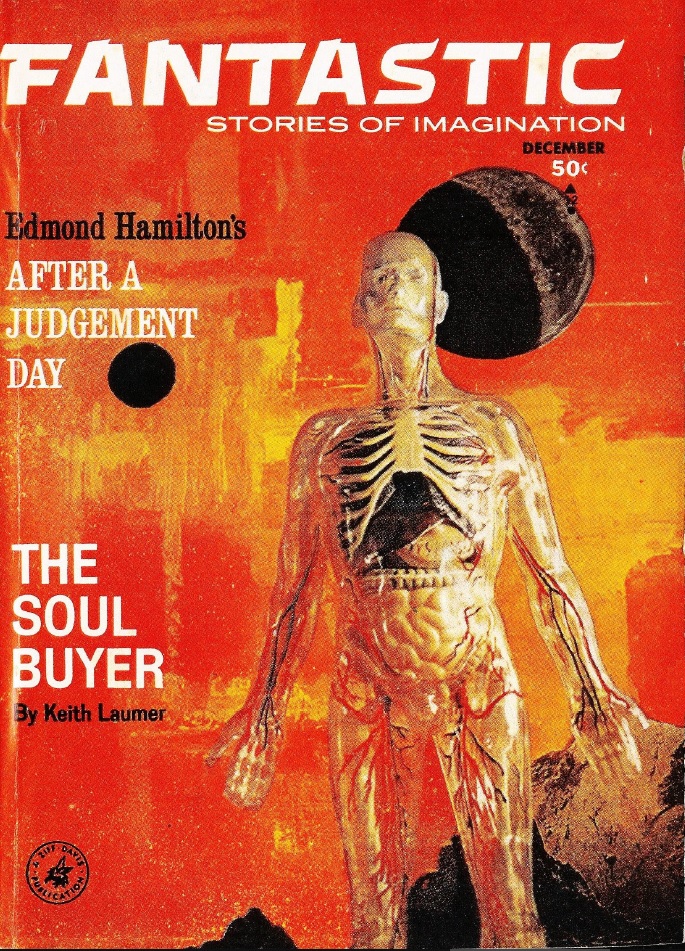


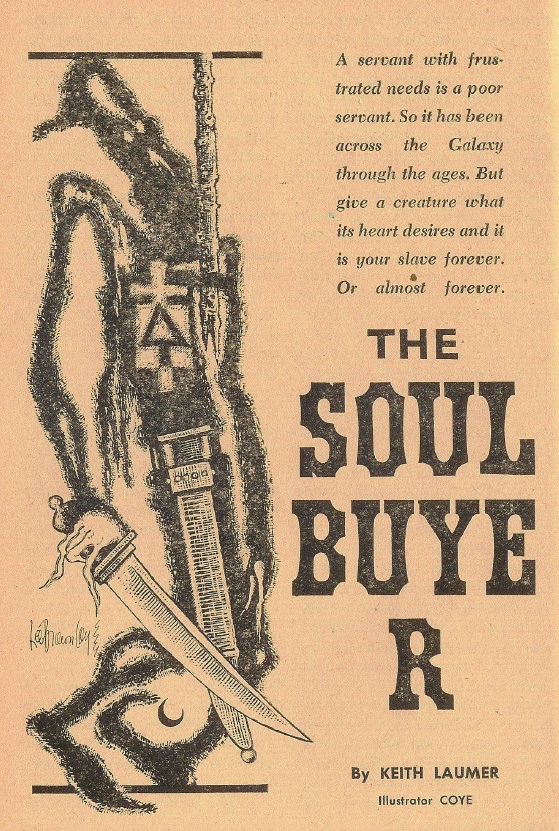
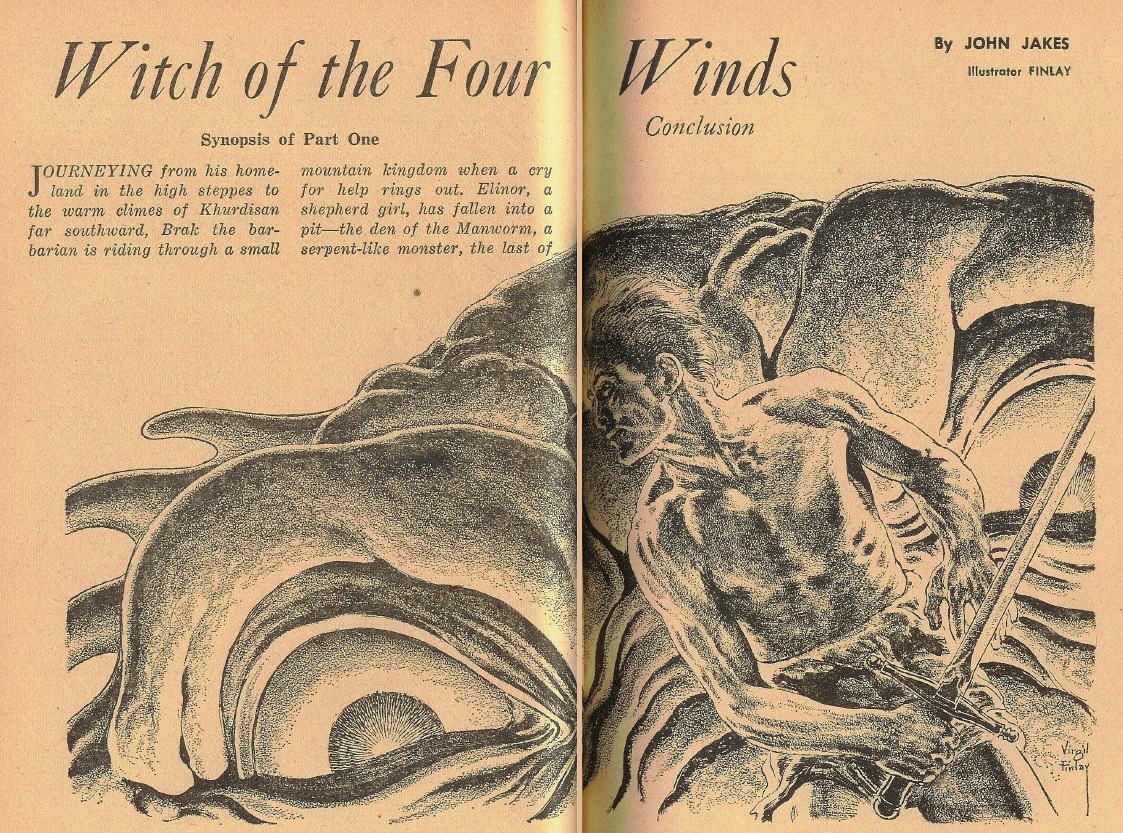


![[November 25, 1963] State of Shock (December 1963 <i>Fantastic</i>)](https://galacticjourney.org/wp-content/uploads/2018/11/631125cover-672x372.jpg)

![[October 24, 1963] Sounds Familiar (November 1963 <i>Fantastic</i>)](https://galacticjourney.org/wp-content/uploads/2018/10/631024cover-672x372.jpg)



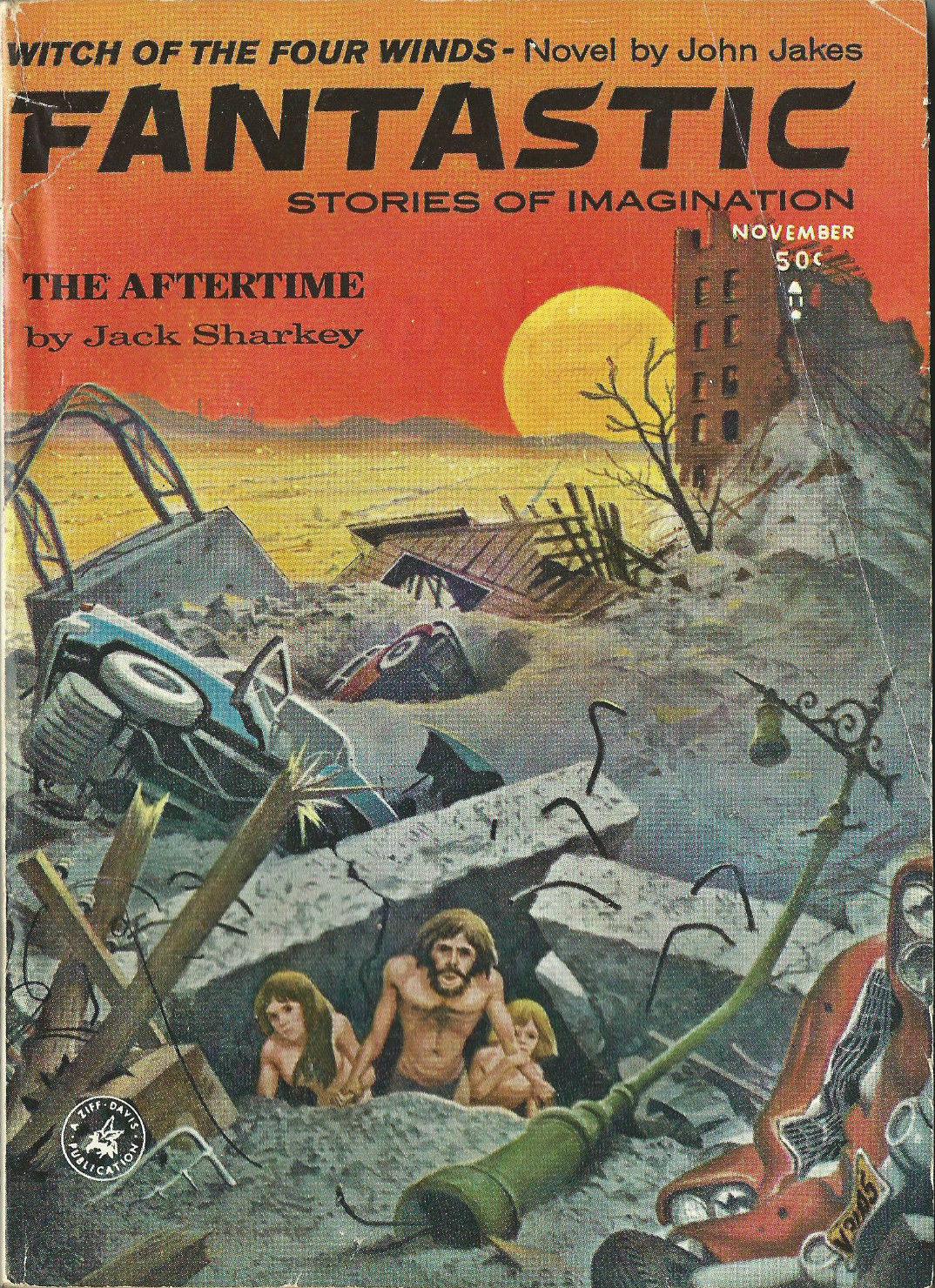
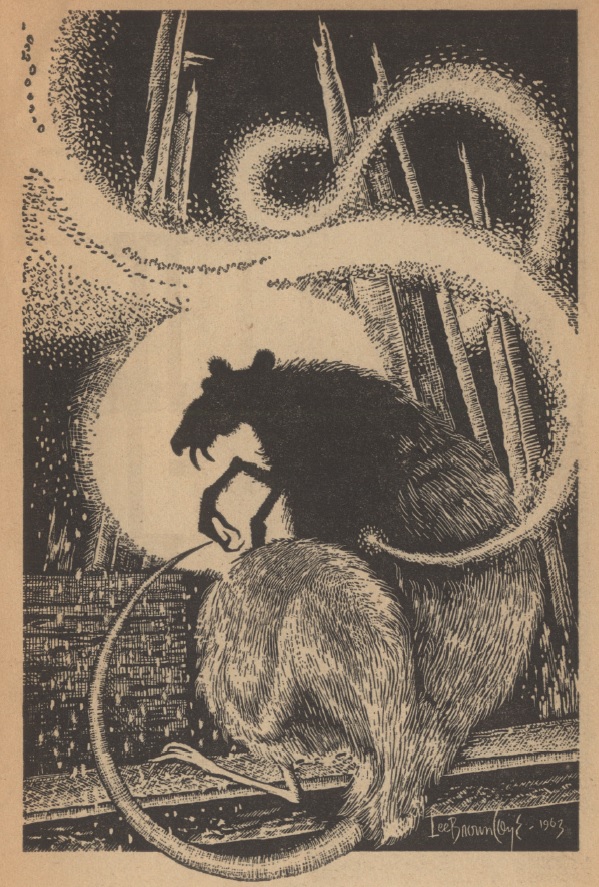


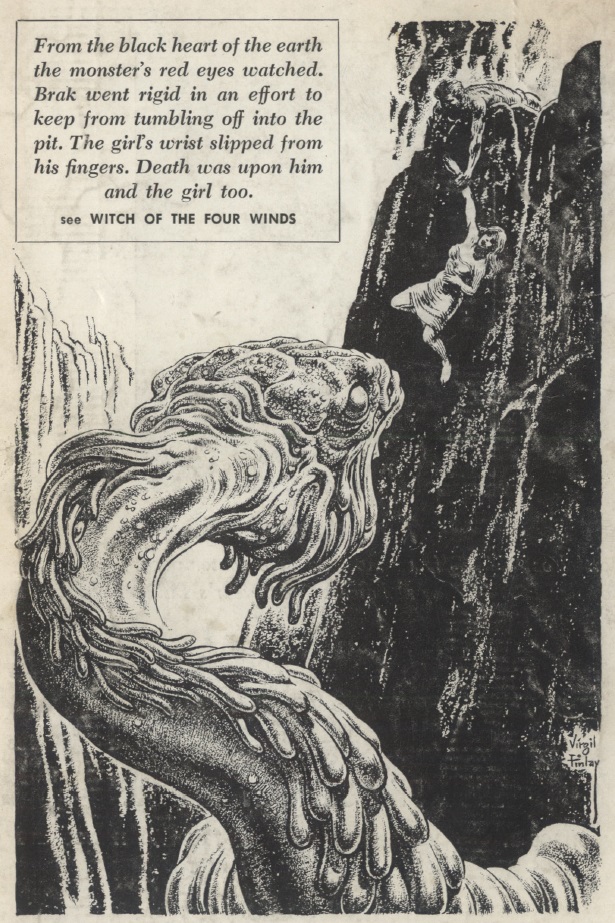

![[September 23, 1963] Small Comforts (October 1963 <i>Fantastic</i>)](https://galacticjourney.org/wp-content/uploads/2018/09/630923cover-541x372.jpg)















![[August 25, 1963] Hope Springs Eternal (September 1963 <i>Fantastic</i>)](https://galacticjourney.org/wp-content/uploads/2018/08/630825cover-672x372.jpg)



